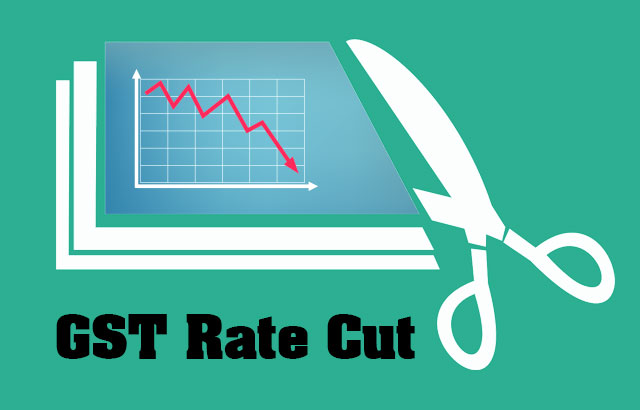India’s economic engine is firing on all cylinders, clocking in an impressive 8.4% growth in the final quarter of 2023. This robust performance surpasses expectations and positions the nation as the fastest-growing major economy in the world. This news comes at a crucial time for Prime Minister Narendra Modi, potentially boosting his re-election bid just weeks before the polls.
Exceeding Expectations: India’s Growth Story
The latest data reveals a significant jump from the 7.6% growth recorded in the previous quarter. This positive trend bolsters optimism for India’s future, as noted by Thamashi De Silva, an economist at Capital Economics. Highlighting the nation’s exceptional performance, she stated, “That pace of growth was the strongest among major economies last quarter.”
This robust economic expansion is expected to have far-reaching consequences:
- Elevated optimism: The strong GDP figures fuel positive sentiment about India’s economic trajectory, further amplified by projections of a 50% increase in the ultra-wealthy population by 2028, the highest globally, according to real estate consultancy Knight Frank.
- Stock market surge: Buoyed by the impressive growth performance, Indian stock markets hit record highs, reflecting investor confidence in the nation’s economic potential.
Growth Projections and Global Significance
While the International Monetary Fund (IMF) estimates a 6.7% growth for India in the fiscal year ending March 2024, the Modi government holds a more bullish outlook, projecting a 7.6% expansion. The IMF further anticipates a growth of 6.5% for the fiscal year starting April 2024.
Prime Minister Modi, enthusiastic about the positive data, stated, “Robust 8.4% GDP growth…shows the strength of Indian economy and its potential. Our efforts will continue to bring fast economic growth which shall help 140 crore [1.4 billion] Indians lead a better life.”
Analysts at Jefferies predict a rapid ascent for India, projecting it to become the world’s third-largest economy by 2027, climbing from its current fifth position. This remarkable rise underlines India’s growing significance in the global economic landscape.
Beyond Growth: India’s Strategic Importance
India’s economic prowess also positions it as a compelling alternative to China for companies seeking to diversify their supply chains, especially amidst strained relations between the US and China.
Recognizing this potential, the Modi government actively incentivizes multinational corporations to establish manufacturing bases in India. This includes substantial investments in infrastructure development, including roads, ports, airports, and railways.
Several prominent companies, such as Apple supplier Foxconn, are already expanding their operations in India, acknowledging the nation’s strategic advantages. Additionally, Tesla CEO Elon Musk expressed his company’s intent to invest in India “as soon as humanly possible.”
Further solidifying its commitment to technological advancement, the Modi government recently approved a significant investment of over $15 billion for constructing three semiconductor plants. This initiative underlines India’s aspirations to become a global hub for electronic manufacturing.
A Call for Cautious Optimism
While the economic data paints a rosy picture, some experts urge caution. Nomura, an investment bank, cautions against interpreting the headline figures too literally, suggesting that “underlying growth is weaker than what the headline suggests.” They highlight the potential drawbacks of lagging consumption and the underperformance of the agriculture sector, which plays a crucial role in the Indian economy.
Similarly, HSBC economists advocate for a balanced perspective, acknowledging the impressive pace of growth while highlighting the need for “calm” due to slower growth observed in the manufacturing and construction sectors compared to the previous quarter.
Despite potential headwinds, De Silva from Capital Economics believes that “any slowdown in growth will be mild,” primarily due to the government’s ongoing infrastructure initiatives that are likely to continue driving economic activity.




